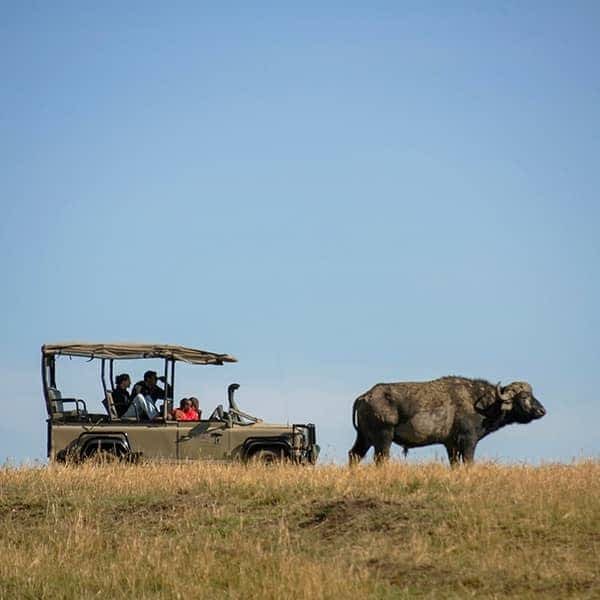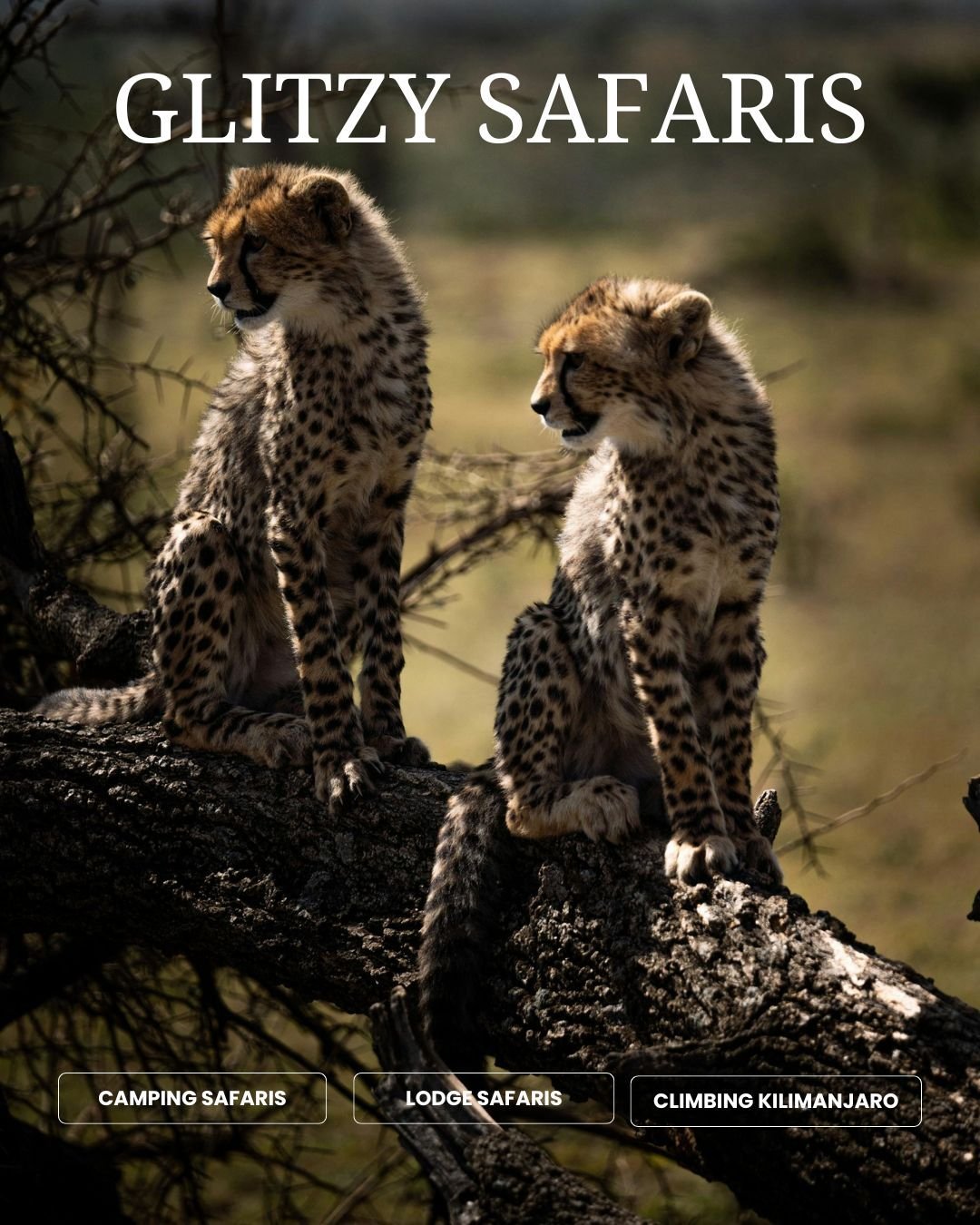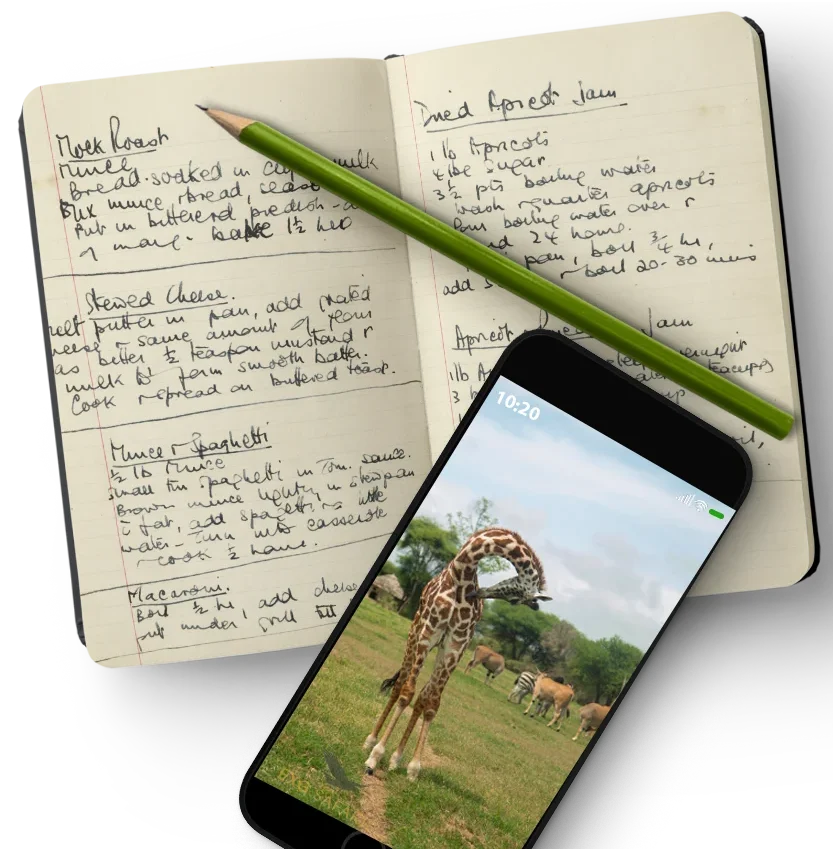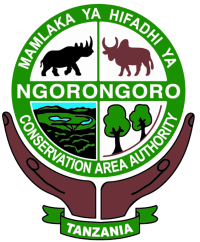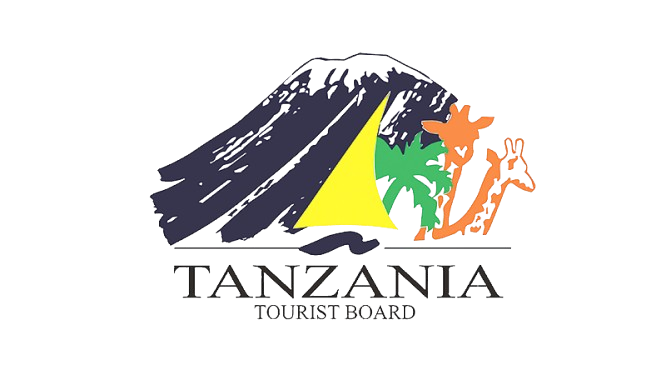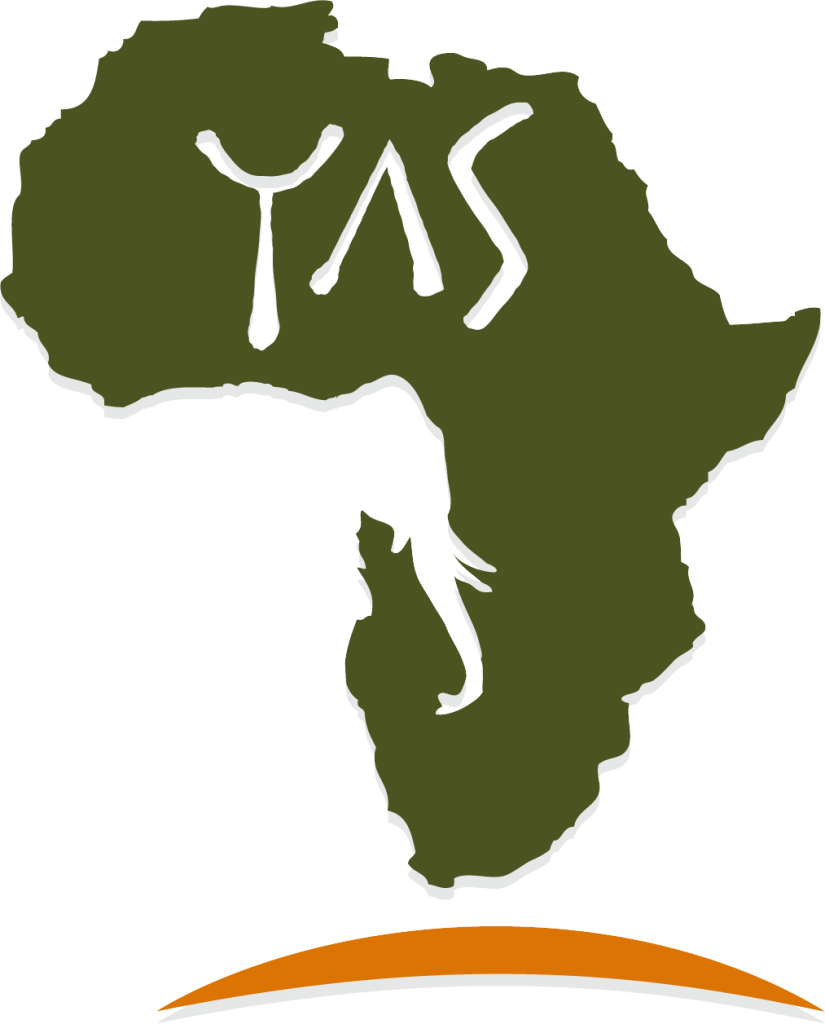- Smart Planning
- Best Price Guarantee
- Nice Accommodations
The Great Wildebeest Migration
The Great Wildebeest Migration is one of nature’s most spectacular events, as over a million wildebeest, zebras, and gazelles journey across the Serengeti-Mara ecosystem in search of fresh grazing. Beginning in Tanzania’s southern Serengeti near the Ngorongoro Conservation Area, the migration follows a continuous path through predator-filled plains and river crossings before reaching Kenya’s Masai Mara, then looping back by year’s end.
Witnessing The Great Wildebeest Migration is a once-in-a-lifetime experience filled with dramatic moments—newborn calves taking their first steps, predators on the hunt, and vast herds moving as one. It’s more than a safari; it’s a raw and breathtaking display of survival, renewal, and the natural rhythm of life in Africa’s wild heart.
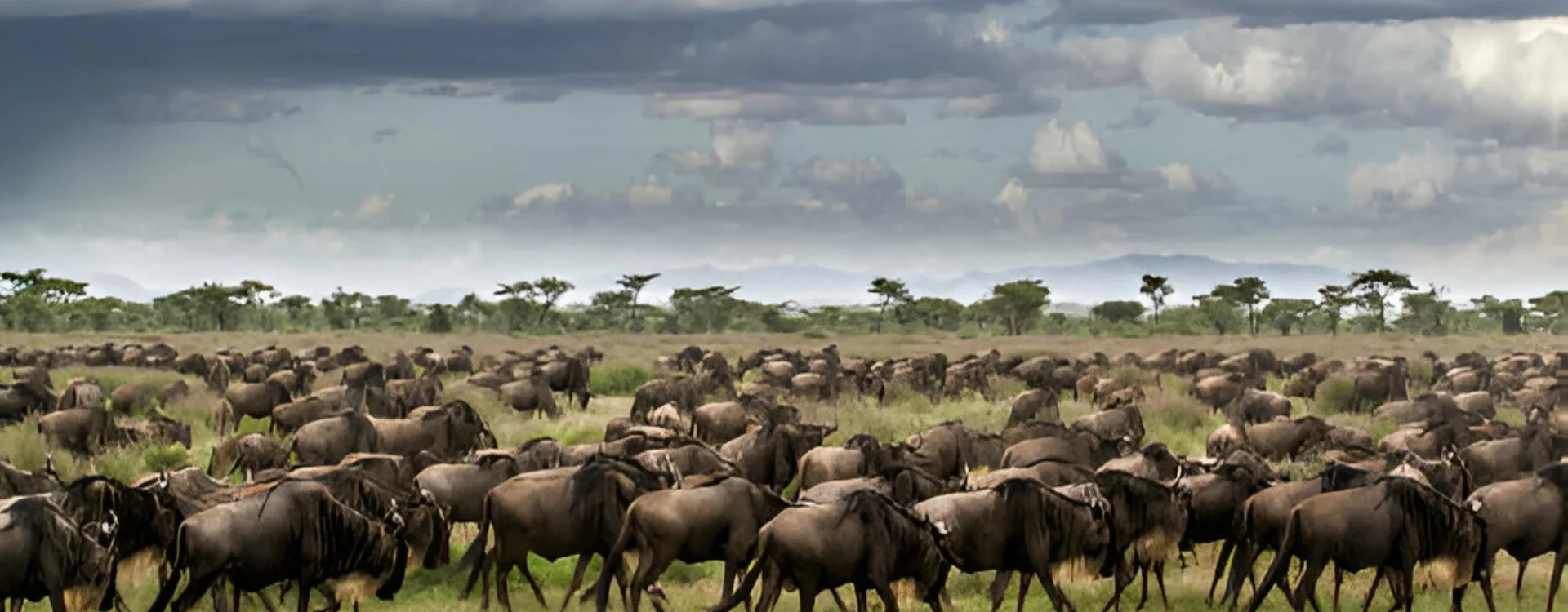
🐃 What Is The Great Wildebeest Migration?
The Great Wildebeest Migration is one of the world’s most remarkable natural spectacles—an annual movement of over 1.2 million wildebeest, 300,000 zebras, and thousands of gazelles across the Serengeti-Mara ecosystem. This awe-inspiring journey spans up to 1,000 kilometers, as massive herds travel from Tanzania’s Serengeti and Ngorongoro Conservation Area to Kenya’s Masai Mara, and then loop back in search of fresh grazing and water.
Guided by instinct and seasonal rainfall, The Great Wildebeest Migration follows a circular path shaped by survival. Along the way, the animals face life-threatening challenges such as predator attacks, crocodile-filled river crossings, and harsh terrain. Despite the dangers, their synchronized movement and resilience demonstrate nature’s raw beauty and balance. This iconic migration is not only a symbol of Africa’s wildlife but also a powerful reminder of the interconnected rhythm between animals and their environment.
When and Where the Great Migration Happens
🐾 The Great Wildebeest Migration: January to March (Calving Season)
The Great Wildebeest Migration enters a dramatic new phase each year between January and March as the herds arrive in the southern Serengeti and the nutrient-rich plains of the Ngorongoro Conservation Area. This period marks the calving season, when around 400,000 wildebeest calves are born within just a few weeks, averaging nearly 8,000 births per day. These short-grass plains provide ideal conditions for newborns, offering fresh grazing and open visibility to detect predators.
Often considered the natural beginning of The Great Wildebeest Migration, the calving season is both beautiful and brutal. While the landscape teems with life, predator activity surges—lions, cheetahs, and hyenas capitalize on the abundance of vulnerable prey. The intense predator-prey interactions during this time offer some of the most action-packed wildlife viewing opportunities in all of Africa.
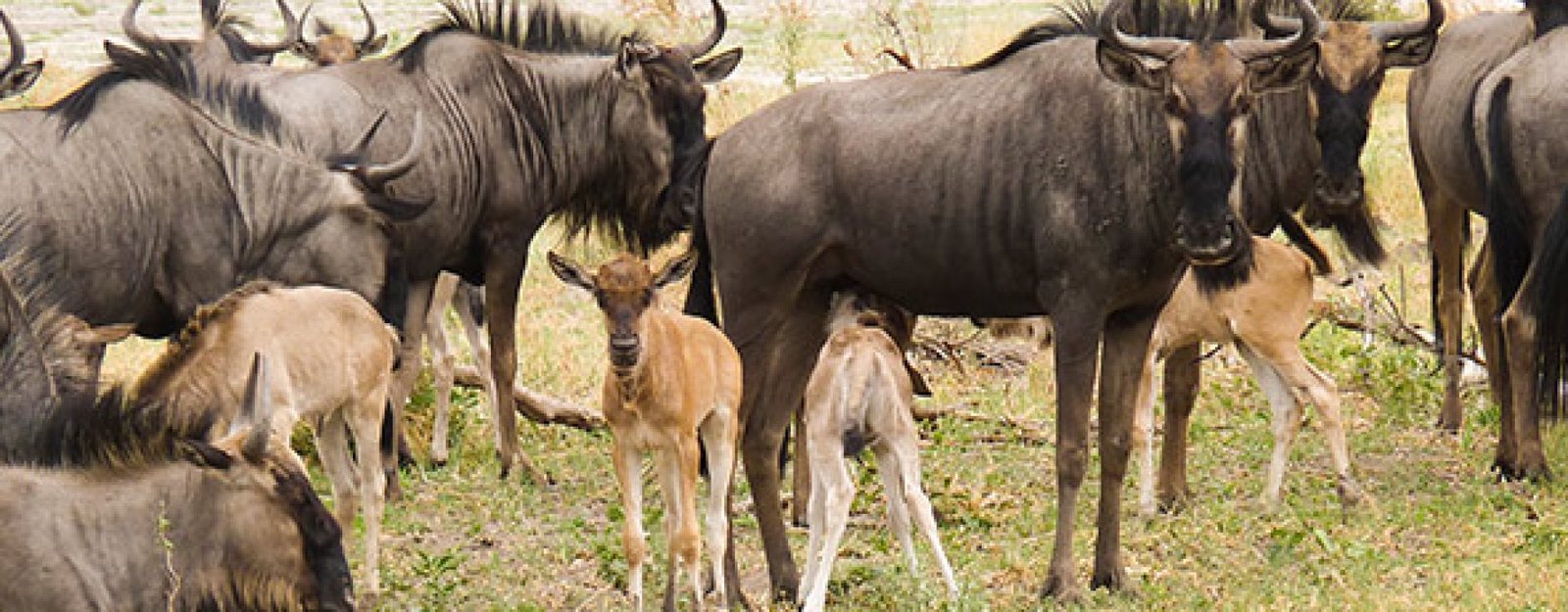
🌿 The Great Wildebeest Migration: April & May (Mating Season)
As the calving season winds down, The Great Wildebeest Migration moves northwest in April toward the lush central Serengeti. Joined by zebras and antelopes, the herds stretch for kilometers across the plains. By May, wildebeest begin to gather near Moru Kopjes, marking the start of the mating season. Males compete in head-to-head battles while the herds continue their slow, grazing march through the landscape.
By late May, momentum builds as the herds approach the Grumeti River in the Serengeti’s Western Corridor. Though less famous than the Mara River, the Grumeti offers its own drama—with crocodiles lurking and wildebeest bunching in massive numbers. This time of year is also part of the green season, offering rich wildlife sightings with fewer tourists, making it ideal for a quieter, more intimate Great Wildebeest Migration safari experience.
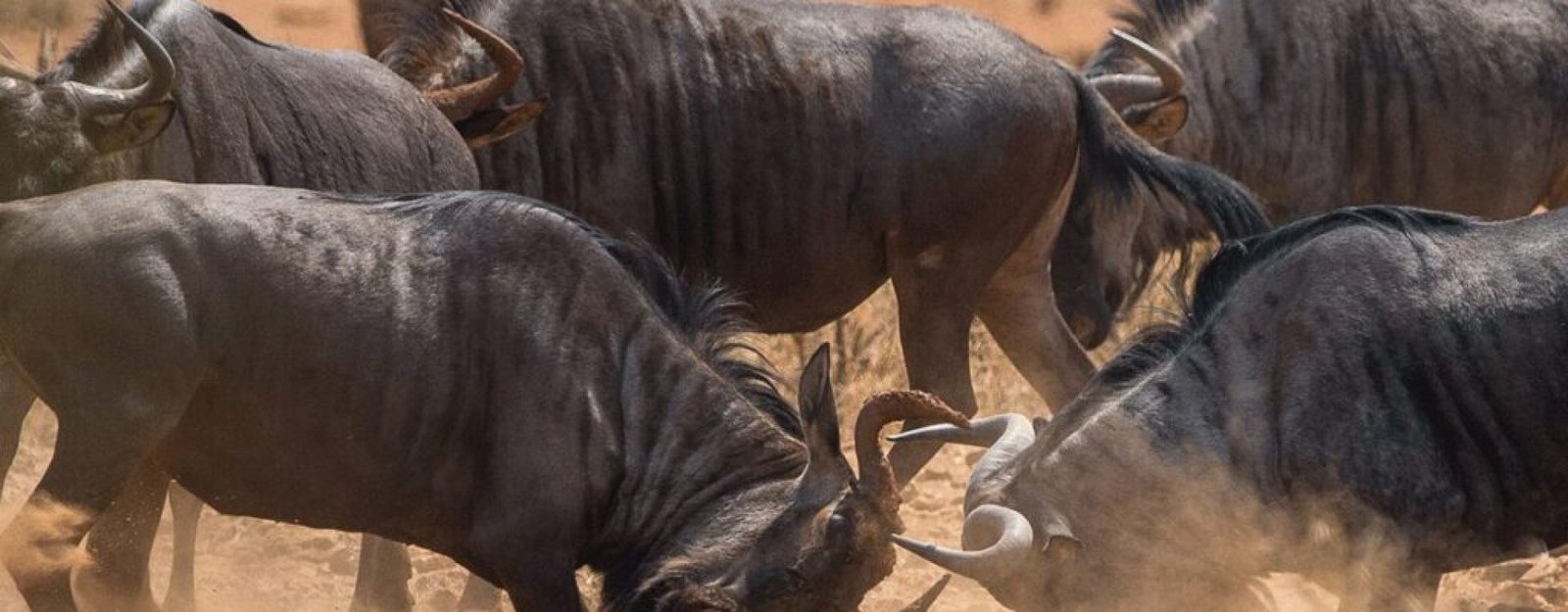
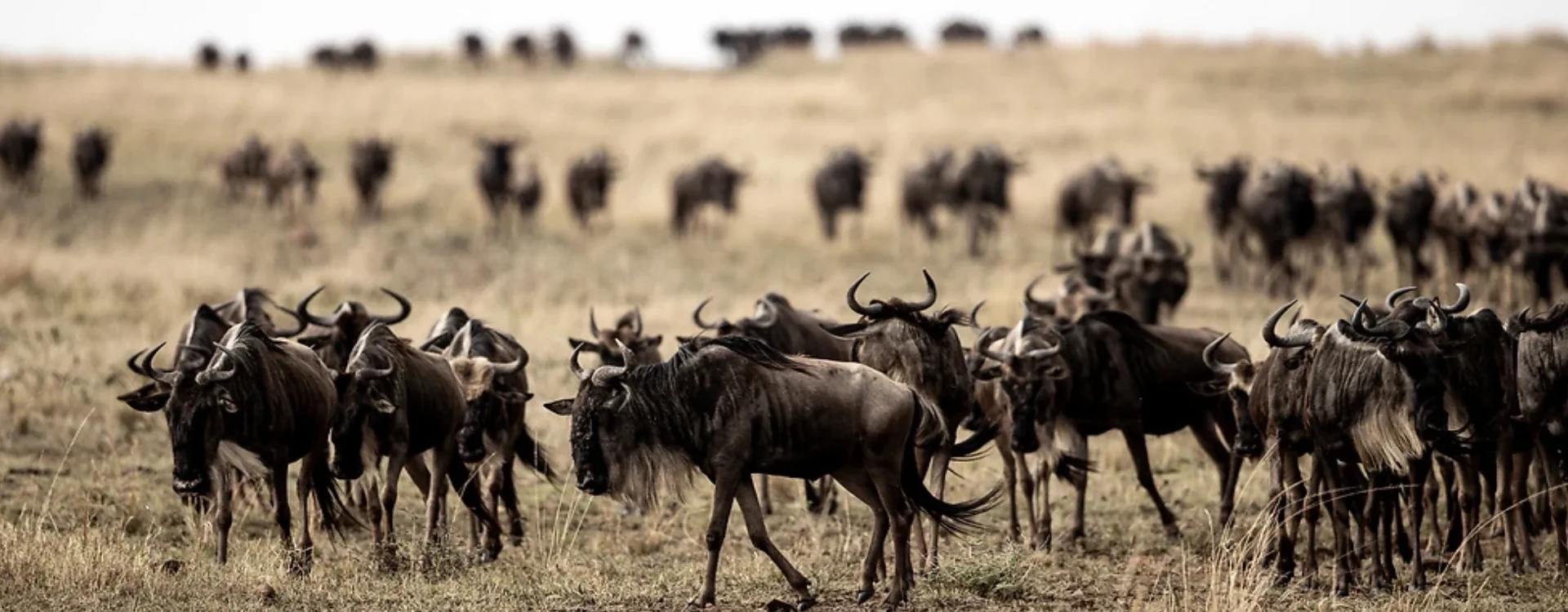
🌊 The Great Wildebeest Migration: June & July (River Crossings)
The Great Wildebeest Migration enters one of its most dramatic phases in June as herds gather in the Western Serengeti near the Grumeti River. With the dry season setting in, thousands of wildebeest and zebras face their first major challenge—crossing the crocodile-infested Grumeti River. These river crossings are tense, heart-pounding moments that test the survival instincts of every animal in the herd.
As the migration advances into July, the herds push north toward the Mara River in the Northern Serengeti. This is where The Great Wildebeest Migration reaches its peak spectacle, with thousands of animals plunging into turbulent waters amid waiting predators. By mid to late July, many herds cross into Kenya’s Masai Mara, offering visitors the chance to witness daily crossings at both the Mara and Talek Rivers. These breathtaking scenes make June and July one of the most sought-after times to experience the raw intensity and beauty of Africa’s greatest wildlife event.
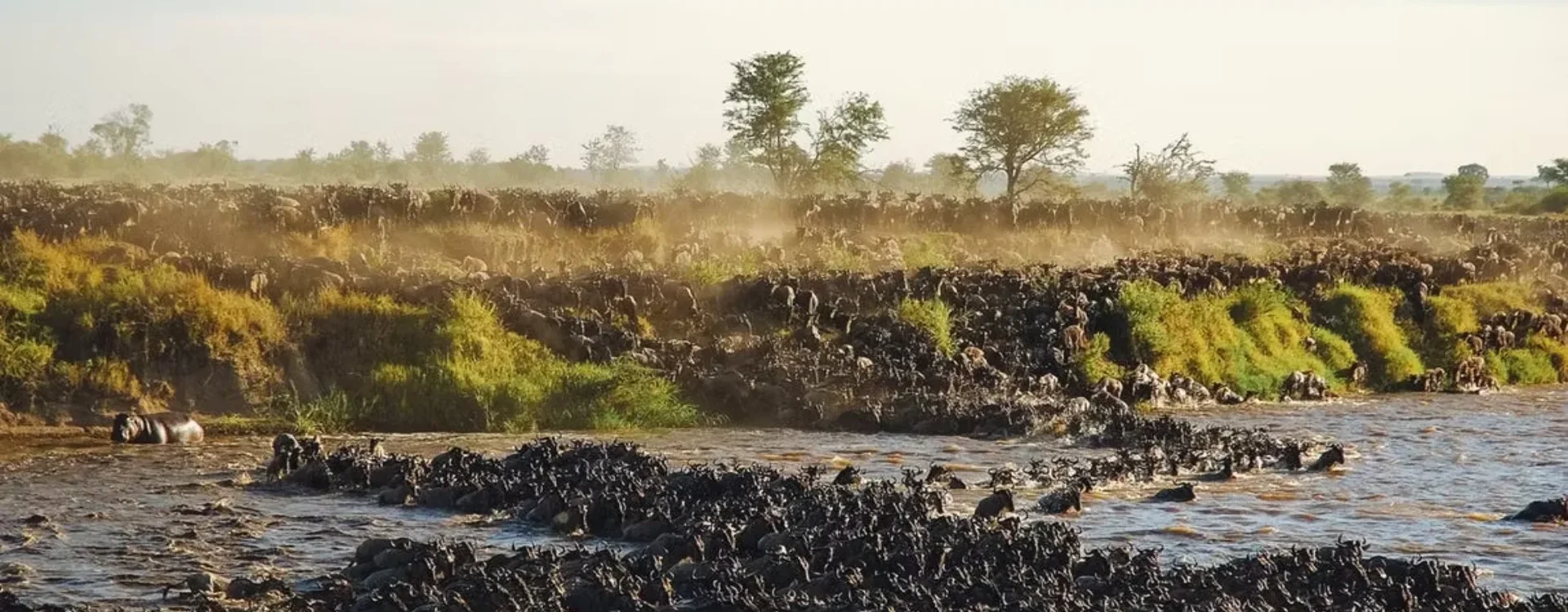
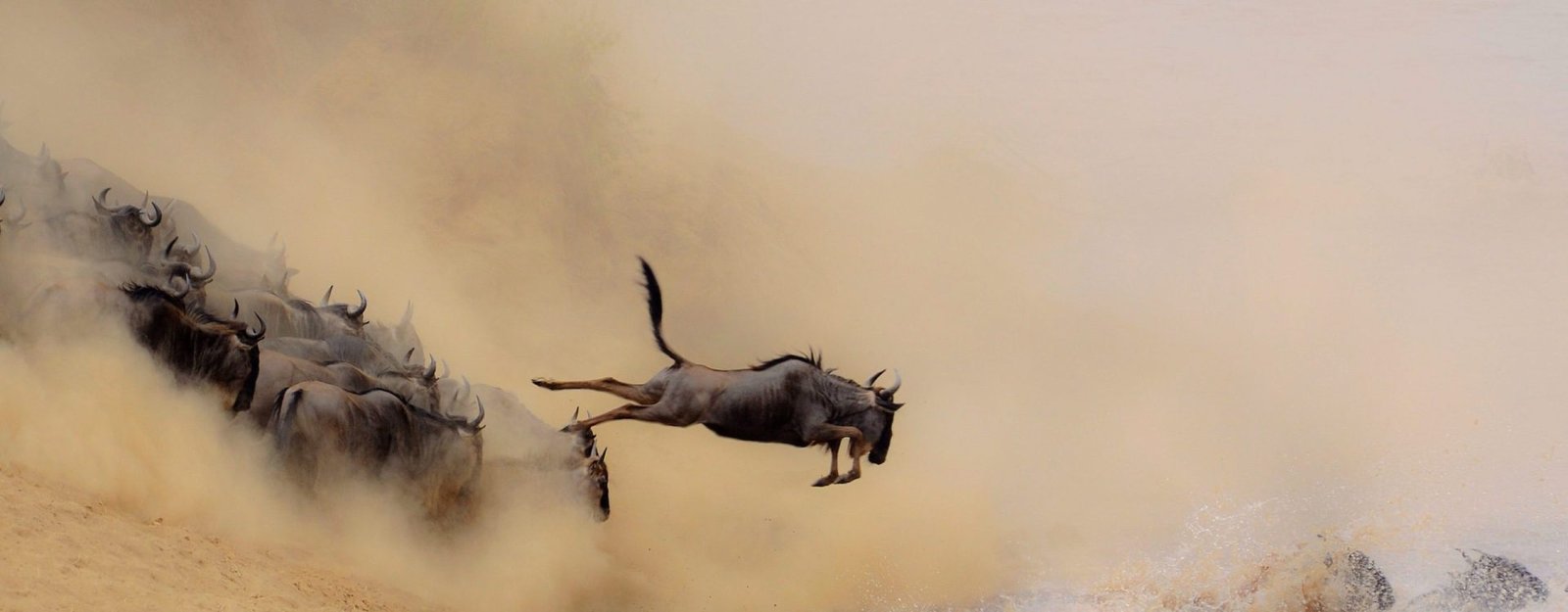
🌅 The Great Wildebeest Migration: August to October
By August, The Great Wildebeest Migration herds have usually crossed the Mara River, spreading across Kenya’s northern Masai Mara and the northern Serengeti in Tanzania. The river’s powerful currents and lurking predators, including crocodiles and lions, make crossings perilous, causing significant losses. Some crossings involve just a few brave animals, while others form massive, continuous lines stretching for hours—offering breathtaking wildlife spectacles.
As September and October arrive, the crossing activity slows, with herds gradually moving eastward. However, before beginning their southward journey, they must face the Mara River crossings once again, continuing this epic cycle of survival and movement.
🌾 The Great Wildebeest Migration: November to December
With the arrival of the short rains in late October and early November, The Great Wildebeest Migration begins its southward journey from Kenya into Tanzania’s eastern Serengeti. This area is famed for exceptional cheetah sightings and abundant wildlife. By December, the herds spread widely across the eastern and southern Serengeti.
As the new year approaches, rains transform the Serengeti grasslands, attracting wildebeest, zebras, and other plains animals. This fertile environment signals the start of the calving season, marking the beginning of a new cycle in the awe-inspiring Great Wildebeest Migration.
Our Best Tanzania Great Migration Safari Packages
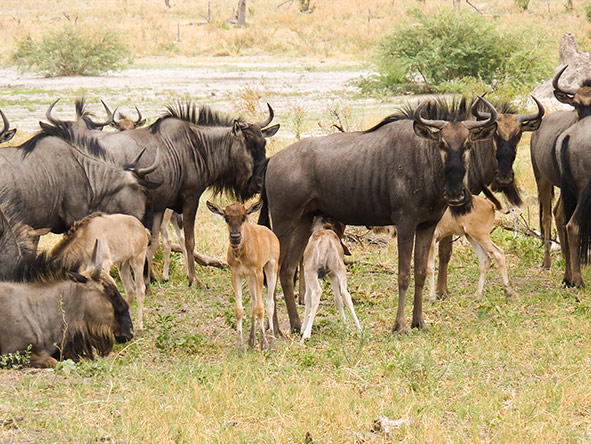
9 Days Serengeti Calving Season Migration Safaris
Price From $4730 Pp
-
Arusha, Serengeti, Ngorongoro and Tarangire
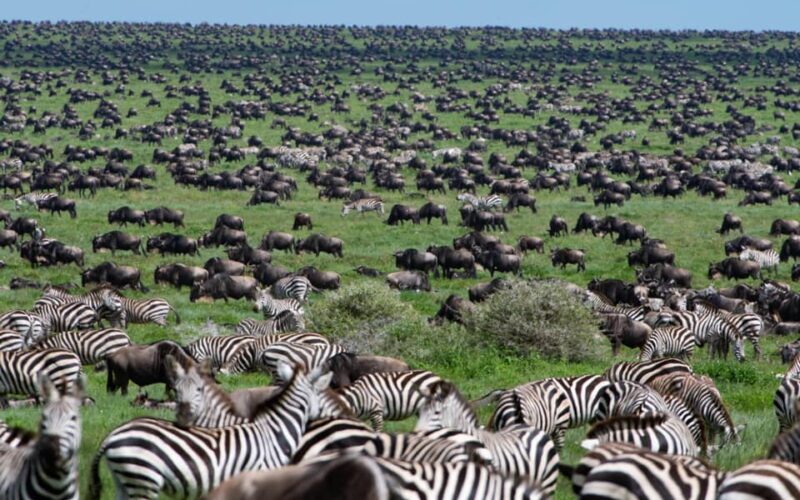
7 Days Serengeti Calving Season Migration Safaris
Price From $3689 Pp
-
Arusha, Serengeti and Ngorongoro Crater

7 Days Serengeti Mating Season Migration Safaris
Price From $3589 Pp
-
Arusha, Serengeti and Ngorongoro Crater
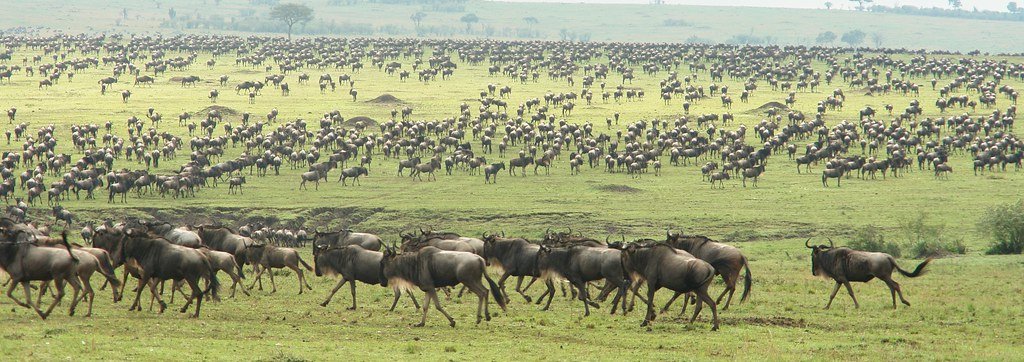
9 Days Serengeti Mating Season Migration Safaris
Price From $4727 Pp
-
Arusha, Serengeti, Ngorongoro and Tarangire
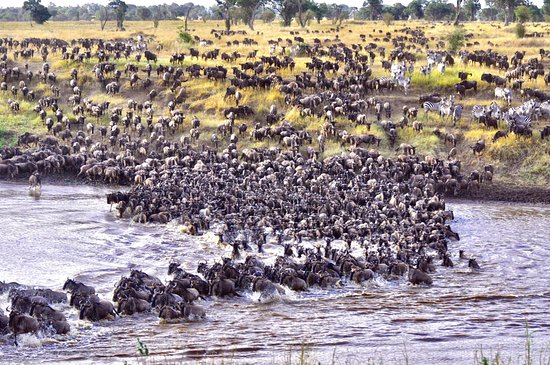
9 Days Serengeti River Crossing Migration Safari
Price From $4726 Pp
-
Arusha, Serengeti, Ngorongoro and Tarangire
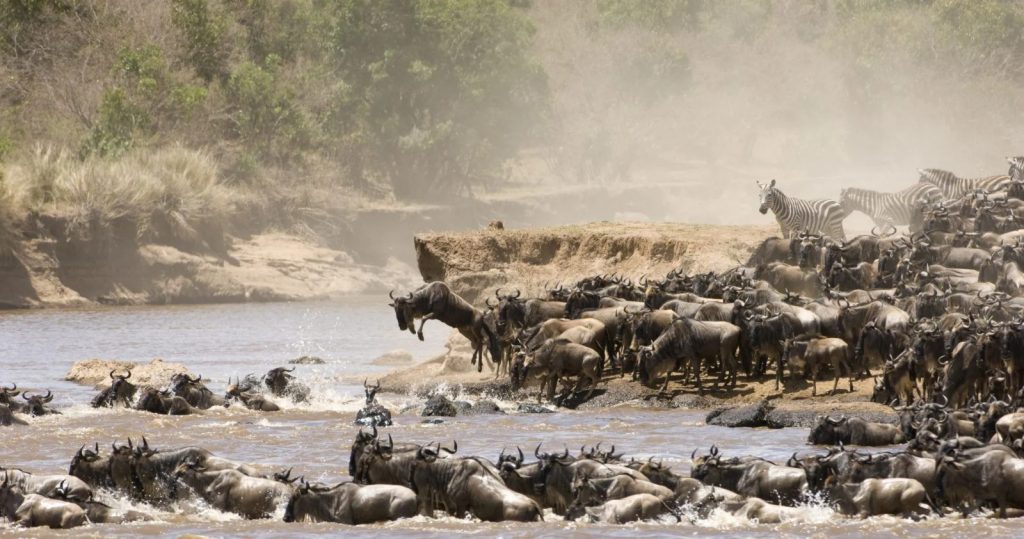
9 Days Serengeti Fly-in Migration Safari Tour
Price From $4725 Pp
-
Arusha, Serengeti, Ngorongoro and Tarangire
Why Choose Glitzy Safaris?
- Licensed Operator
- 24/7 Customer Support
- Best Vehicles
- Quality Control
FAQs on Tanzania Wildebeest Great Migration
The Great Migration is a year-round event. However, specific highlights occur throughout the year, such as calving season from January to March, rutting season in April and May, and the popular river crossings between June and October. The herds begin their journey south again in November and December. Travelers seeking to witness river crossings should plan for July to September, while those interested in calving can aim for early in the year.
No, river crossings are observed in multiple locations as part of the migration path, particularly at the Mara and Sand Rivers. These crossings primarily occur as the herds travel between the Serengeti in Tanzania and the Masai Mara in Kenya, with movement based on rainfall patterns and grazing availability. The crossing points depend on the season and the movement of the herds.
The Great Migration includes an estimated 1.3 million wildebeest, 300,000 zebras, and many gazelles that follow the rain in search of fresh grazing land. Additionally, predators such as lions, crocodiles, and other big cats follow the herds, making for intense and dramatic encounters. Various other species, like elephants and antelopes, may also interact with the migration as they move across the plains.
The river crossings are driven by the need for food and survival. Wildebeest instinctively follow rain patterns, which bring fresh grazing opportunities. Despite the dangers posed by crocodiles, swift currents, and steep banks, these animals undertake the crossing to reach richer grazing areas, essential for sustaining the herds’ health and numbers.
While observing the migration, visitors are often able to get quite close to the herds from designated viewing areas or safari vehicles. Experienced guides and strict regulations ensure safe distances to protect both animals and people. Camps and lodges near key migration routes allow travelers to witness these events safely, sometimes even directly from their accommodations.
"What Our Happy Guests Say"
Real Stories from Our Tanzania Safari Guests
EXCELLENTVerified A Great way of booking trips in Arusha Lewis was very knowledgeable and accommodating with our trips, would definitely recommend him to anyone who is visiting Arusha for the first time or is looking to book a safari, climbing Kilimanjaro or just a trip into townVerified Great experience We had a great experience booking through Lewis. We booked a 4 day safari and we had an absolutely amazing time. We had a great safari guide Bacari and chef Emanwe. We were very lucky and got to see all the animals you ever want to see. Would highly recommend this it was a great opportunity.Verified Helpful and Accommodating Wonderful stay with Lewis at Meru Hostel, and booking the safari, we were made at home, taken for dinner, drinks and any extra trips or advice we required.Verified With Glitzy Safari, and specially with Lewis we had such a great experience. It’s local tour operator, so important. I discovered Lewis, who is one of the tour operators, when I booked for a stay at Meru Hostel in Arusha. One of my dreams was seeing Ngorongoro. So I asked what can U offer me for Ngorongoro and Tarangire ? And immediately I’ve a proposal. and it was a really good proposal, so I answered right away. I really don’t regret it. We spent with my friend two wonderful days. First we went to Tarangire NP, then we spent the night not far from Ngorongoro, in a lodge, Fig Tree Lodge and Campsite, where the food and room were very good. The 2nd day, direction Ngorongoro. U can’t imagine how I was happy being in this gorgeous caldera. An experience I will never forget all my life. Our guide was so kind with us, he made everything for us and participated to this beautiful moment. We spent maybe 4 hours in the caldera. Lewis we also booked a excursion in a Chagga village. This tribe is living around Kilimanjaro. Their agriculture is based on ancestral organic fertilization where they mixed Bananas trees, Coffee plants and small other small plant ( sorry I don’t remember the name). With the local guide, we first go to Materuni waterfalls, on the foot of Kilimanjaro. Nice walk on a little path, between farms. Then we went back to our family’s guide, where we learned how make our coffee. For myself, who like so much coffee, it was so great. As U can read, we had such a nice experience with Glitzy Safari. Thank U so much Lewis.Verified Trip to Tanzania (Safari, Materuni Falls & Maasai Village) Lewis is an amazing guy took care of me as a brother er organized all my trip to Tanzania including Safari, visit to Materuni waterfall and Maasai village, if I spent a magnificent trip it was also thanks to him!! Recommendation to everyone for those who want to live a great adventure!!Verified Unforgettable adventure with GLITZY SAFARI It was truly a marvelous trip of a lifetime! With GLITZY SAFARI, organized by Lewis, the accommodations, the service, the tour guide, the itinerary from Arusha, Tarangire NP, Serengeti NP and Ngorongoro Crater exceeded our expectations. All the staff were so friendly, gentle, and open and made this safari an unforgettable exploration. When you are a novice in safari you can trust Lewis a great person who will facilitate you desiderata.Verified Great experience- especially Kili Trek The trip to Terengire was very good, but we liked even better the trek to Kilimanjaro organised by Lewis (owner of the company). It was an outstanding experience. Moreover- the owner Lewis is a great person and will help you with many problems you might encounter while being in Africa. Highly recommend booking your trip with Glitzy Safaris/ Lewis.Verified Great experience Great experience with Glitzy. Had Lake Manyara, Ngorongoro and Tarangire tours. Lewis took care of everything very well. Highly recommended!Verified Wonderful trip My 5-day safari experience with GLITZY SAFARI, expertly organized by Lewis, was nothing short of amazing. The itinerary covered iconic destinations including Ngorongoro, Serengeti, and Tarangire, along with a memorable day trip to Materuni Waterfall and Chemka Hot Spring. The entire journey was flawlessly coordinated and well-organized. Our guide was impressively knowledgeable, enhancing the experience with insightful information about the wildlife and surroundings. The safari jeep provided a comfortable and enjoyable ride, while the meals offered were top-notch. The service throughout the trip was truly excellent, making this safari an unforgettable adventure. GLITZY SAFARI and their team, led by Lewis, exceeded all expectations, making this an adventure I'll cherish forever.Verified Safari and Kilimanjaro I did the safari to Tarangire NP, Serengeti and Ngorongoro NP. And i did the 5 day Kilimanjaro Hike! I loved both! Ofcourse totally different! But each tour was perfectly arranged! The food was good! Everything was clean! The tour guide of the Safari did really his best to see as much as different animals as he could. He asked if everybody was good to leave or stay a bit longer at the animal and he explained everything very well! And the crew of the Kilimanjaro are amazing! They always keep an eye on you if you are doing well on that mountain! Also they are so strong! They carry everything! The chef makes perfect food and the crew is very kind! I booked the tour at Meru Hostel! Lewis the owner of the hostel arranges everything so well! You don’t have to do anything at all! Also a big plus, after the Kilimanjaro Hike he arranged a buffet to eat together with the whole crew where you climbed the Kilimanjaro with! Excellent! 👌🏻
Book Today, Explore Tomorrow!
Explore the
World
Discover our unforgettable Tanzania safari Tours. For exclusive offers, contact us directly or speak with your trusted travel advisor today. Don’t wait—your dream journey to Africa is just one step away.

